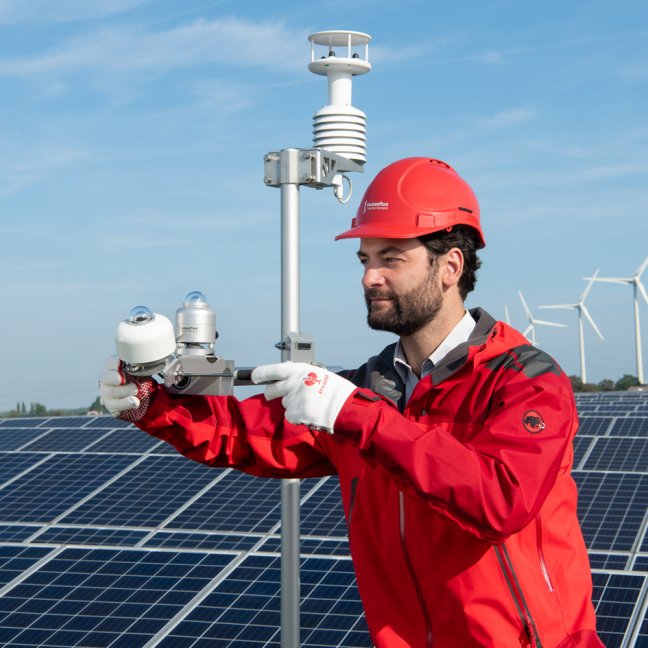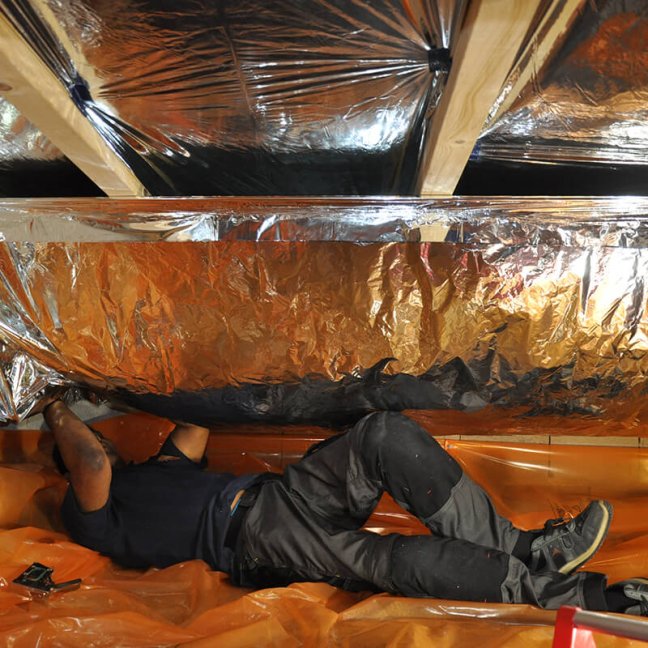What is a diffusometer?
A diffusometer is a device that measures the diffuse solar irradiance resulting from scattering of sunlight in earth’s atmosphere. The SI units of irradiance are watts per square metre (W/m2). Although diffusometers may be used for climatological research and meteorological monitoring, the increasing demand for solar energy has led to a greater interest in diffusometers for PV monitoring.
In this article we will explore the basic aspects of a diffusometer: what does it measure; what is it useful for; and how does it work? Read the full article: What is a diffusometer? (PDF)
Read the full article: What is a diffusometer? (PDF)
Diffusometer: a solar irradiance sensor
Diffusometers measure diffuse solar irradiance ![]() : the amount of solar energy per unit area per unit time originating from the scattered solar radiation in the atmosphere. In contrast, the direct solar radiation or Direct Normal Irradiance (DNI) comes directly from the sun. See Figure 1.
: the amount of solar energy per unit area per unit time originating from the scattered solar radiation in the atmosphere. In contrast, the direct solar radiation or Direct Normal Irradiance (DNI) comes directly from the sun. See Figure 1.
In most cases, a diffusometer is installed horizontally to measure the Diffuse Horizontal Irradiance (DHI). As defined by the IEC, a diffusometer, measuring DHI, is ‘an instrument that blocks or corrects for direct irradiance contributions’.
This Direct Normal Irradiance ![]() , together with Diffuse Horizontal Irradiance
, together with Diffuse Horizontal Irradiance ![]() , gives the total amount of solar energy available on earth’s surface. The Global Horizontal Irradiance (GHI), denoted
, gives the total amount of solar energy available on earth’s surface. The Global Horizontal Irradiance (GHI), denoted ![]() , is then given by:
, is then given by:
![]()
where ![]() is the angle between the surface normal and the position of the sun in the sky, also called solar zenith angle.
is the angle between the surface normal and the position of the sun in the sky, also called solar zenith angle.
The DHI may vary depending on geographical location, time of day, and meteorological and environmental conditions. For example, cloud coverage, precipitation, and air quality can affect diffuse solar irradiance measurements. Typical values for DHI range from 50 to 150 W/m2 under clear sky conditions, during which most of the Global Horizontal Irradiance originates from the Direct Normal Irradiance contributions.
However, on overcast days it can significantly exceed these values. This is due to clouds that may block and scatter parts of the solar radiation. If the clouds completely block the sun, then the lowered GHI is mostly in the form of diffuse solar irradiance.
Furthermore, highly reflective materials or buildings nearby may lead to higher DHI values.
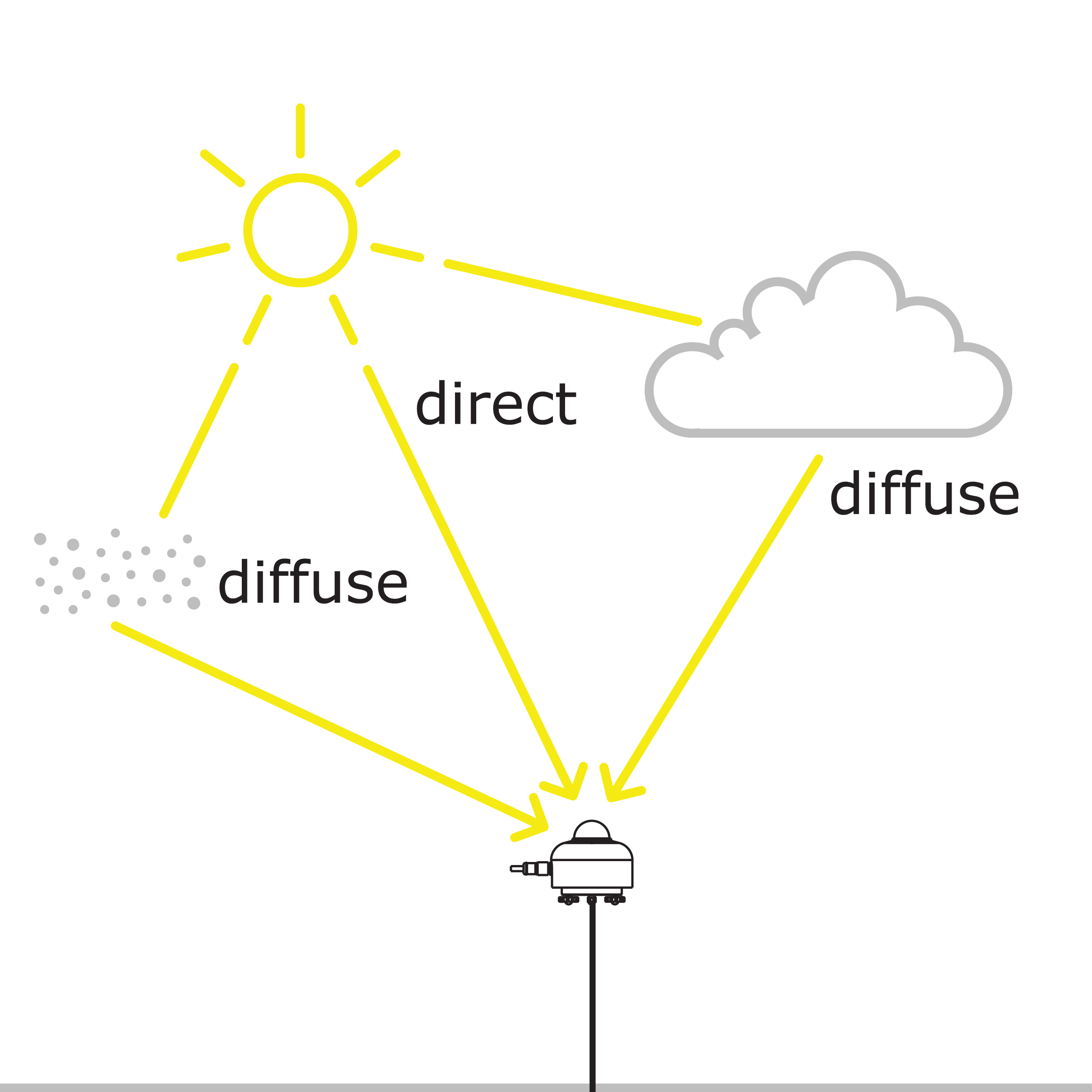
may come from solar radiation scattered by clouds, atmospheric particles, and aerosols.
What are diffusometers used for?
The sun is earth’s main source of extra-terrestrial energy. This has important implications in two areas: weather and climate on the one hand and energy production by harvesting solar energy on the other hand.
Solar radiation is one of the driving forces behind the earth’s weather patterns and, thus, an important factor in weather and climate studies. In such studies, diffusometers can be combined with pyranometers to measure the diffuse and global irradiance respectively, which in turn allows for the estimation of DNI. This information is crucial for weather forecasting.
In the solar energy industry, diffusometers are used to monitor the performance of bifacial photovoltaic (PV) power plants. A bifacial PV power plant is able to absorb solar radiation from both sides.
Diffuse irradiance incident on the rear side of the bifacial PV panel originates from solar radiation reflected in the sky or on the ground. Due to this complex nature and the non-uniformity of the land beneath the installation, it is a difficult task to model the rear-side irradiance contributions.
The IEC:61724-1 standard suggests the measurement of diffuse irradiance may be used in combination with an optical model to estimate the rear-side irradiance.
Consequently, the rear-side irradiance can then be used to evaluate the performance of the PV power plant. More specifically, the efficiency of a PV power plant can be determined by comparing the actual power output to the expected output. Drops in efficiency may indicate that maintenance of the PV power plant is required.
Furthermore, the performance of the PV power plant can be compared to the solar resource assessment done pre-construction. Diffusometers can give crucial insights into the solar potential of a specific site, especially in the case of bifacial PV power plants. This also allows for validation of design requirements.
How does a diffusometer work?
Diffusometers are irradiance sensors that may operate on different working principles. Traditionally, pyranometers were used that were continually shaded from the direct irradiance. The following options all satisfy the description of diffusometer prescribed by the IEC:6712401 standard:
- shadow ring pyranometers
- rotating shadow band pyranometers
- photodiode array with shadow pattern
- solar trackers
- array of differently oriented reference cells
For example, the Hukseflux SHR02 shadow ring may be used in combination with a pyranometer to form a diffusometer. The shadow ring must be aligned based on the solar azimuth and zenith angle, latitude, and solar altitude. Although it does introduce operational costs and challenges regarding labour intensiveness, it does deliver a relatively high accuracy against relatively low acquisition costs.
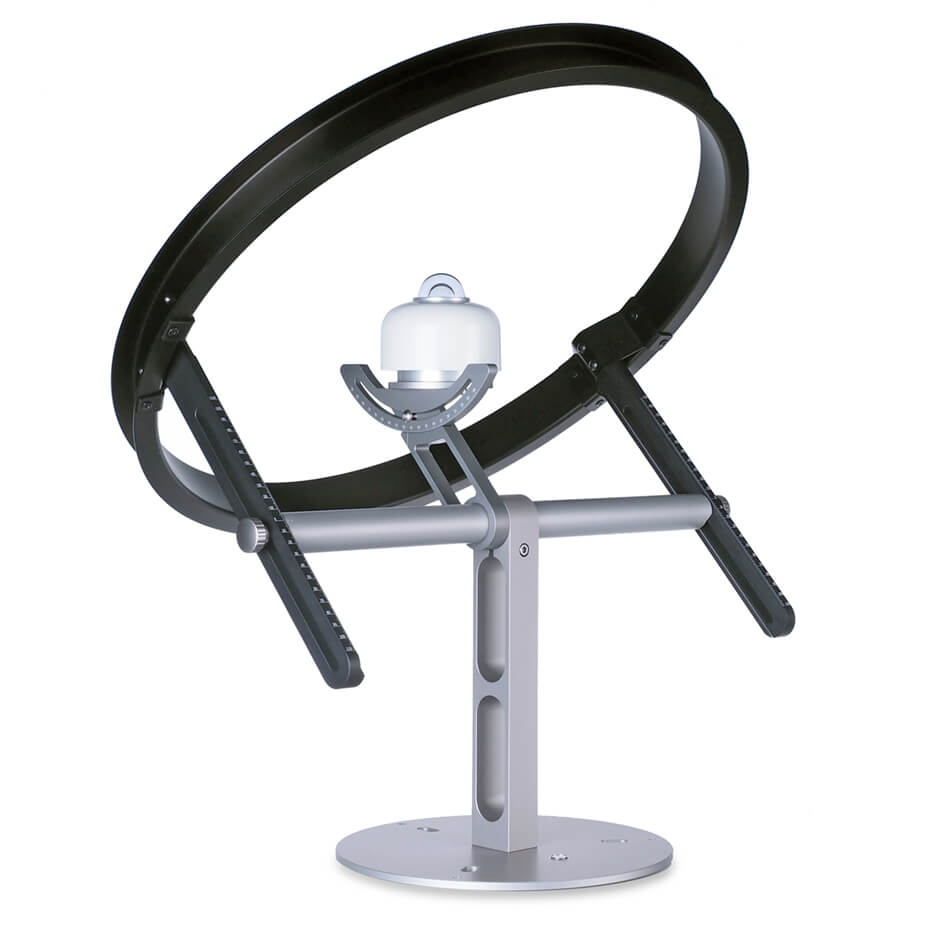
the Hukseflux SR300-D1 pyranometer for diffuse irradiance measurements.
Another option is to use a rotating shadow band pyranometer to measure the direct and global irradiance respectively. As the shadow band rotates, the pyranometer beneath it will be temporarily shadowed, allowing for GHI and DHI measurements. Additionally, using the solar zenith angle, it also allows for DNI calculations.
Unlike the shadow ring, this solution requires minimal maintenance, limited to regularly cleaning the pyranometer dome. However, some drawbacks of this solution include the increased acquisition costs and decreased accuracy.
A more advanced approach is by using a sensor array that is partially shaded at any time of the day. The sensor that is shaded, which corresponds to the lowest response, measures the DHI.
For example, the Hukseflux SRD100 diffusometer that can be seen in Figure 3 consists of nine photodiode sensors placed beneath a shadow mask with a unique Fibonacci lattice hole pattern.
This shadow mask ensures that at least one of the photodiodes is fully shaded. Consequently, this method allows for the measurement of DHI without any moving parts.
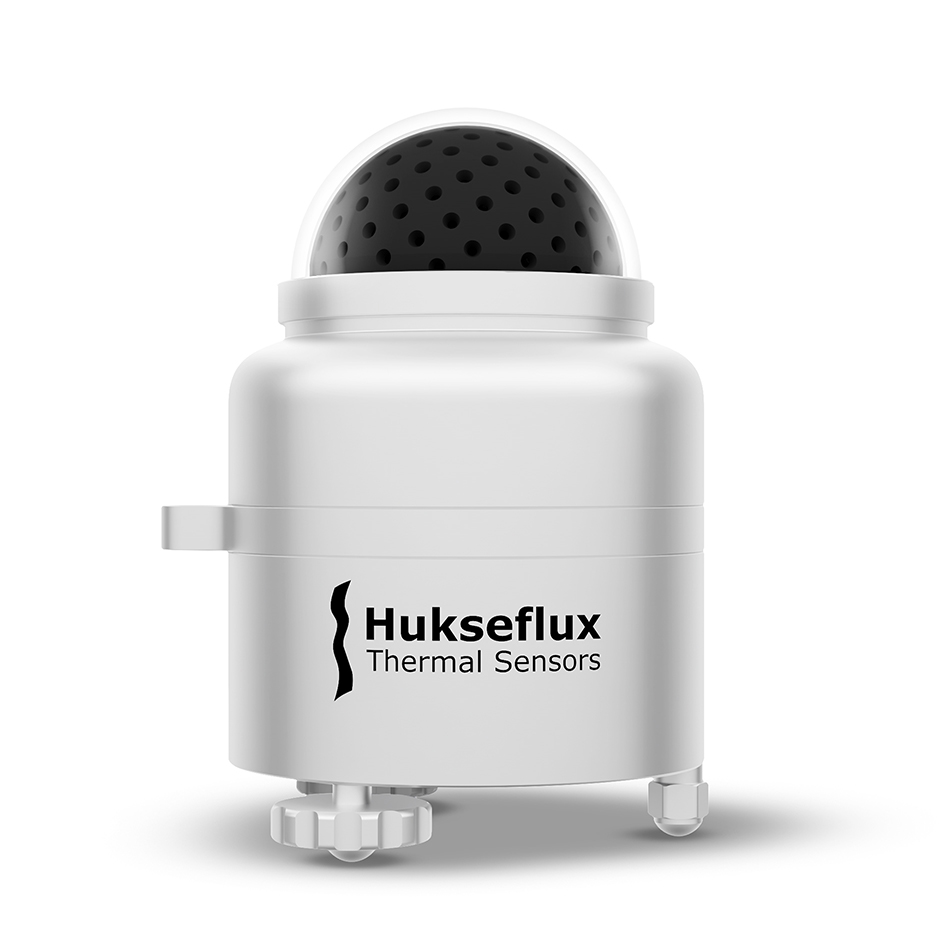
containing a photodiode array with shadow pattern,
measures diffuse irradiance without moving parts.
To obtain the highest accuracy possible, two pyranometers and one pyrheliometer should be mounted on a solar tracker. One pyranometer is shaded with a disk (or ball) so that it measures the DHI. The other pyranometer measures GHI, while the pyrheliometer measures DNI. By doing so, measurement of each component of solar irradiance allows for cross-checking using the equation for GHI.
Although this is the most accurate method available, using a solar tracker introduces significant acquisition and O&M costs.
Read the full article: What is a diffusometer? (PDF)








